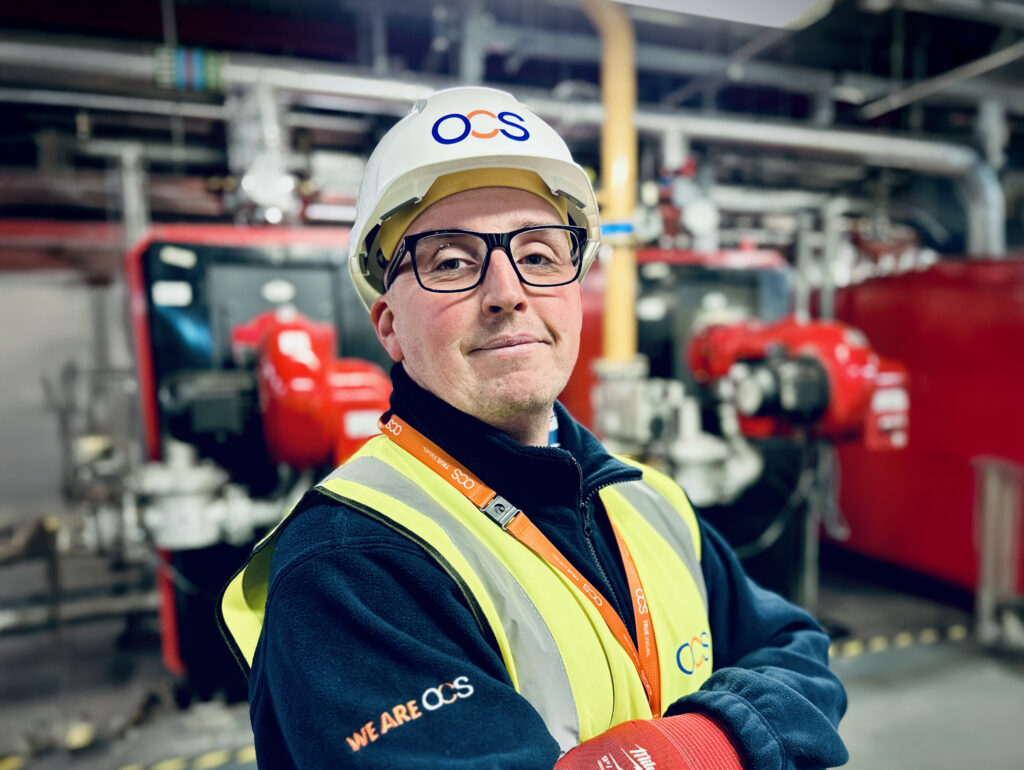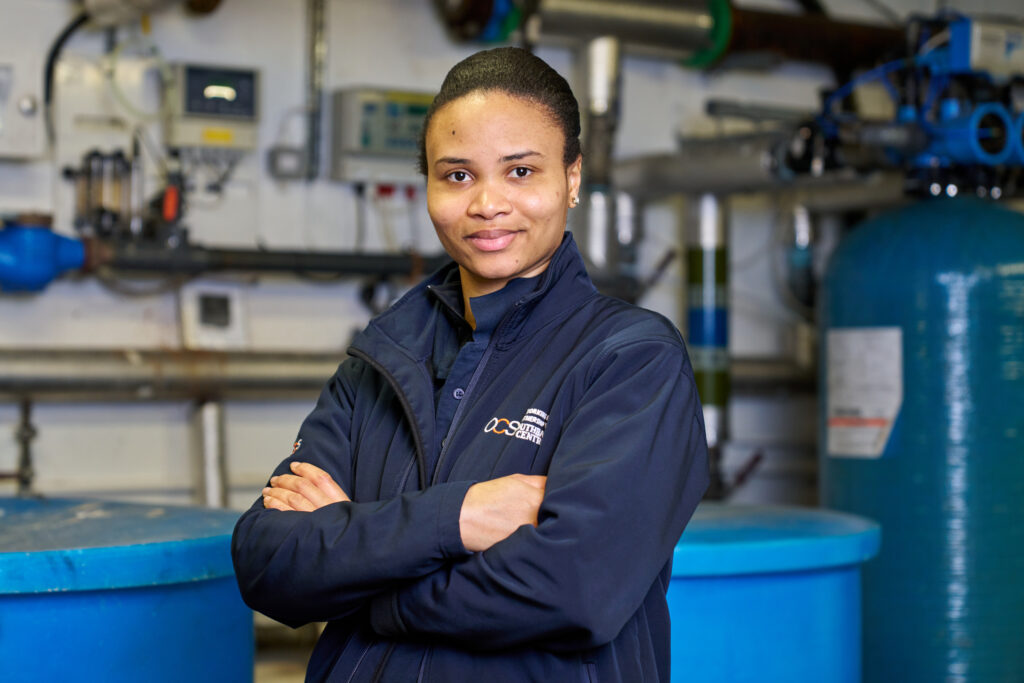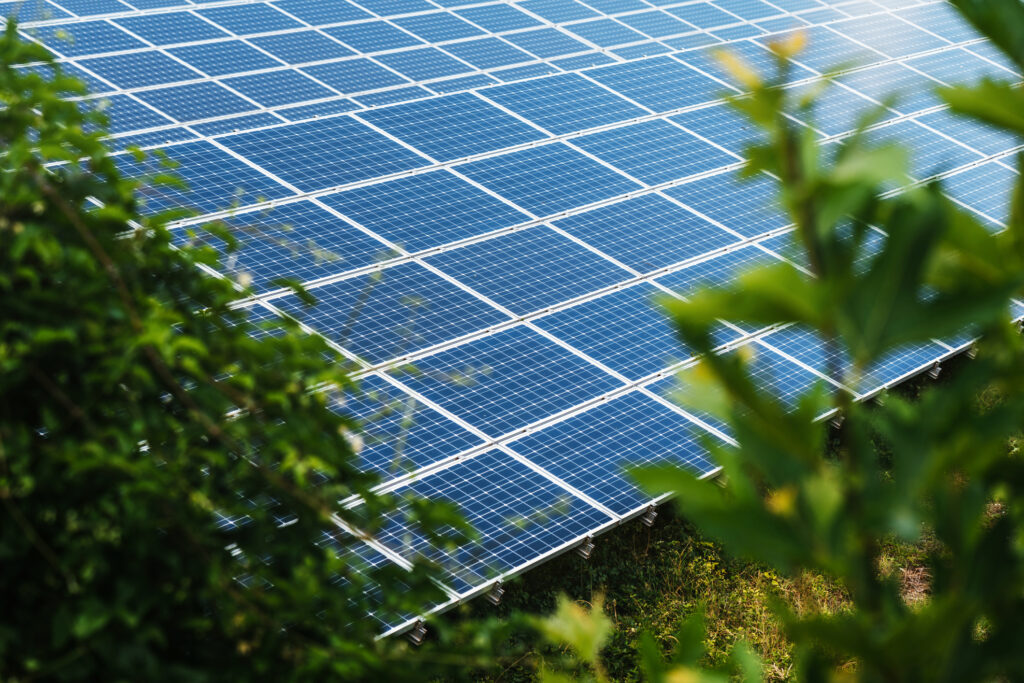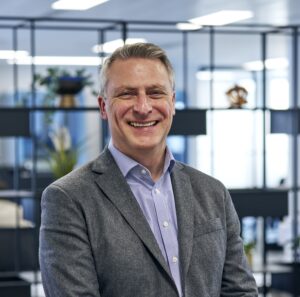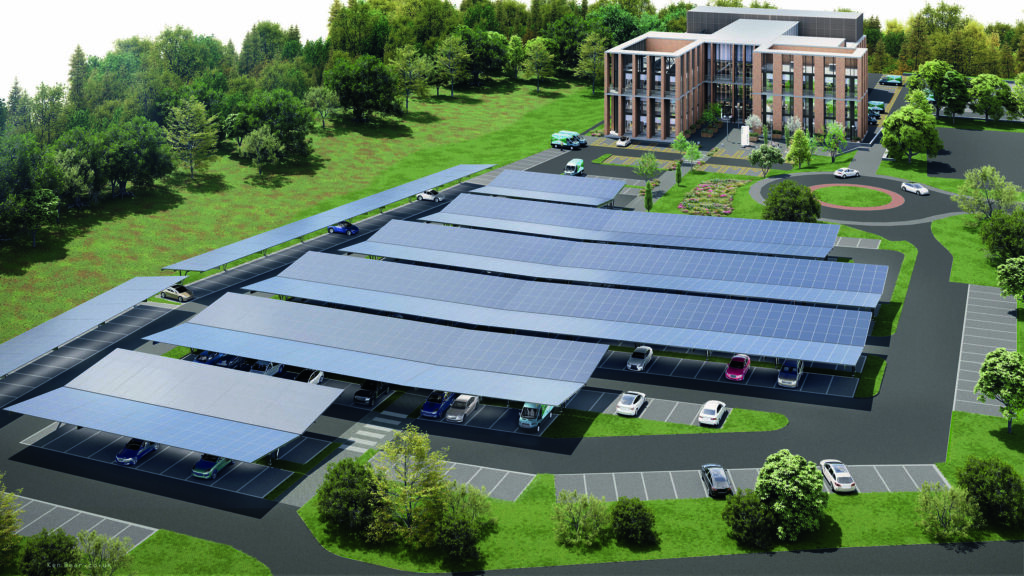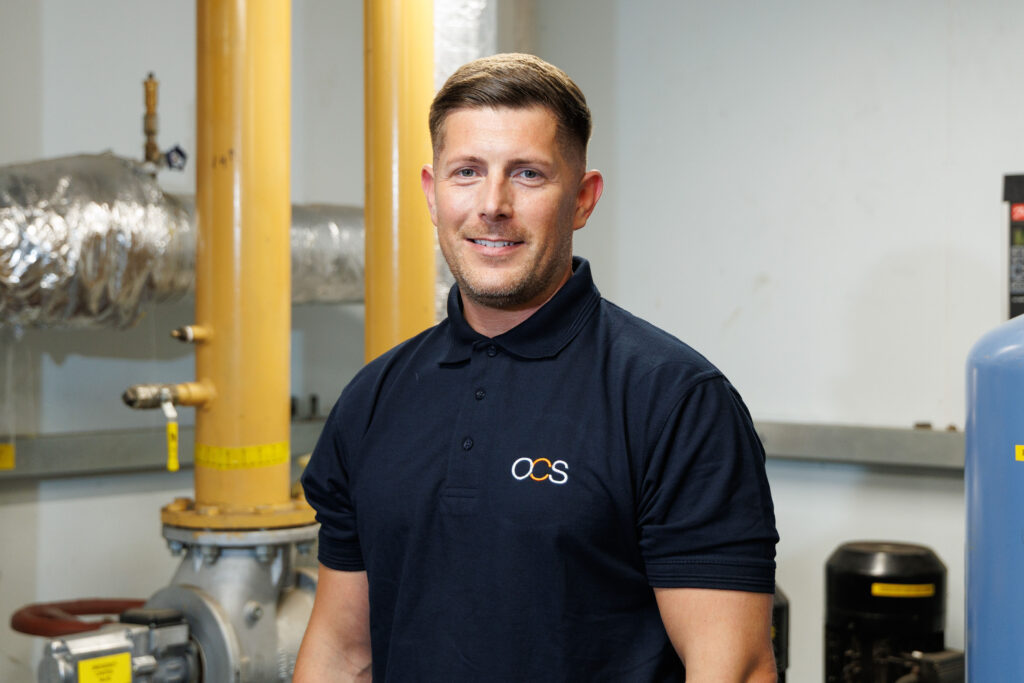David Fairhurst is OCS’s National Energy and Sustainability Manager. With a background in Environmental Science from Stirling University and a master’s degree from Lancaster University, David has a deep understanding of various energy and environmental issues. His career began with supporting local councils in environmental and energy management, followed by a decade of experience with the Scottish Parliament, where he honed his skills in energy management.
David then joined the team at Edinburgh Napier University, and after four years, he sought new challenges and joined OCS (then Servest) on the Scottish Courts and Crown Office contract. Drawn by the opportunity to work on key buildings and support the organisation’s energy management efforts, David has been instrumental in driving OCS’s sustainability initiatives.
We sat down with David to discuss the current state of the energy sector and how OCS is helping its customers achieve more energy-efficient operations. In this Q&A, David shares his insights, challenges, and the innovative work being done to reduce carbon emissions and improve energy efficiency.
What inspires you and drives you about your role each day?
The big thing that inspires me is the fact that our industry—buildings and construction—accounts for about 40% of carbon or greenhouse gas emissions. My passion and drive are to try and contribute to reducing our impact on the environment and climate change.
So, if we can make our buildings more efficient, run our buildings better and reduce that 40% share, then that’s no small thing. It is a real, meaningful change.
My overall aspiration is to try and help buildings be more efficient and reduce the carbon emissions and the energy associated with them.
As OCS continues to expand and there are more buildings, contracts and customers that we can work with, there’s more opportunity for us to extend our impact, our strategies and our knowledge base, and we really look forward to doing that.
A role like this in the current economic landscape must come with its challenges. What are some that you face most pressingly?
We constantly face the challenge of balancing many things. We’ve got to balance comfort in buildings, the cost of making improvements, and the environmental impact. It’s a constant challenge to help people understand that we can achieve all three at the same time. We can make buildings more comfortable, reduce operational costs, and deliver environmental improvements.
The big challenge often comes down to money and encouraging people to allow us to change things, maybe taking a bit of a risk with operational issues. There are always good opportunities, but we need to take people with us on that journey and encourage them to let us make changes based on our experience. This will benefit everyone by making buildings more comfortable, reducing costs, and ultimately lowering our carbon emissions.
It’s a balancing act. Sometimes organisations have money to spend, and sometimes they recognise issues like buildings being too hot and allow us to make changes. But there’s always the challenge of convincing people that changes, like installing new technologies or adjusting how we operate buildings, are worthwhile. A big part of my job is making the business case for these changes and communicating their value and importance for better carbon performance and energy savings.
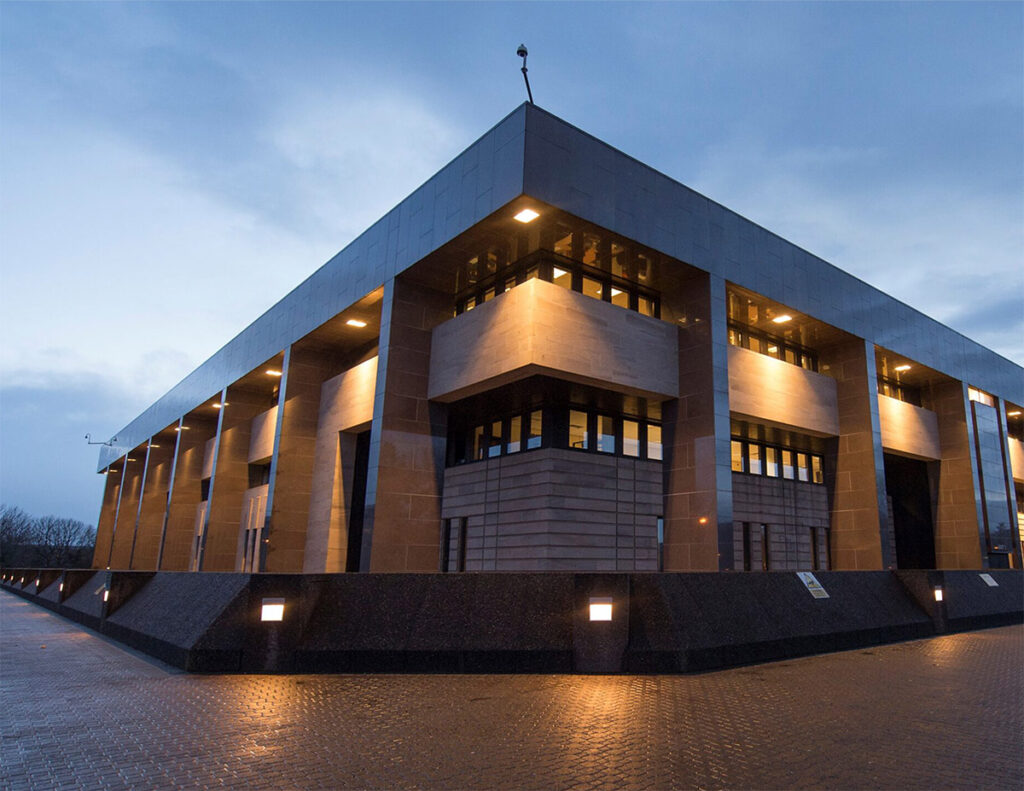
What would you say is a strength of OCS’s energy management team?
What’s unique about the team is that we’ve really delved into the details of how the buildings operate. We harness the energy data, accessed the building controls, and build a strong relationship with the client.
I think this package of measures is unique and a real strength. We have a small team, but I encourage them to build relationships with customers, understand the details of how the buildings operate, and drive out energy, water, and carbon wastage. We aim to make the best use of the existing systems and then move on to improvements that might require some capital or revenue to implement.
What are some highlights in the work we’ve accomplished so far?
I am most proud of the work we’ve done with the Scottish courts over the last five years. We’ve achieved a 30% reduction in their carbon emissions, about a 20% reduction in electricity use, and over a 40% reduction in water usage. I’m also very proud of the strong relationship we’ve built with them.
Their commitment has allowed us to support them on their net zero journey. We’ve implemented numerous projects, including solar panel installations, LED lighting upgrades, and window improvements. We’ve also managed to secure around £15 million in funding for the Scottish courts and the Crown Office and Procurator Fiscal Service to improve their buildings.
This funding has been used for various initiatives, such as installing multiple electric vehicle charging points and undertaking two major low-carbon retrofits. One notable project in the city centre of Edinburgh involves completely insulating a building and introducing a new heating system, with about £8 million in funding from the Scottish government.
Overall, we’ve done some really innovative work with the Scottish courts and the Crown Office, coupled with close day-to-day management of their systems to optimise building efficiency and reduce waste.
The SCTS and COPFS contract has quite a few listed buildings, as do many of the other contracts we have. Working with listed buildings must come with its own challenges. How does the energy and projects team navigate that?
Working with listed buildings definitely comes with its own set of challenges. That’s where a team approach becomes crucial. We work closely with architects and relevant mechanical and electrical consultants. There’s a strong team dynamic, and we ensure that the relevant people liaise with Historic Scotland about listed building consent issues to get everything right.
We aim to get it right the first time by considering planning requirements and listed building considerations in every project. The project team is always very aware of all the issues we need to think about. So, it’s very much a team effort for many of these projects.
“The biggest takeaway should be that this is everyone’s challenge, not just one for energy professionals. It’s relevant at all levels, from individual actions like considering how we travel or our clothing in colder weather to organisational efforts to reduce carbon emissions.”
What challenges and opportunities do you foresee arising in the energy sector?
One of the big challenges we face in the energy sector is the legacy of COVID-19, where we’re still not using buildings in the same way we used to. A major challenge is ensuring that our controls reflect these new working patterns. We’re working to introduce better demand control to avoid heating, cooling, and lighting buildings when they’re not in use. For example, Mondays and Fridays are now typically very quiet, so we need to optimise our building controls to provide comfort only in the areas being used, rather than assuming the whole building is occupied from 9 to 5.
Another significant challenge is decarbonisation, particularly around heating. There’s an increasing requirement to move away from gas boilers and gas-based heating systems. We’re exploring technologies like heat pumps and the use of renewables to heat buildings. This is a major challenge, but also an opportunity for innovation. For instance, we’ve been working on projects for the BBC, replacing natural gas heating systems with heat pumps.
Overall, the energy sector is facing challenges, but these also present opportunities to implement intelligent building systems, possibly incorporating machine learning and AI, to enhance controls and improve efficiency.
What do you think the biggest takeaway should be when thinking about energy and sustainability?
When thinking about energy and sustainability, the biggest takeaway should be that this is everyone’s challenge, not just one for energy professionals. It’s relevant at all levels, from individual actions like considering how we travel or our clothing in colder weather to organisational efforts to reduce carbon emissions.
We need to spread the message widely and bring more colleagues on board because people are looking at these issues from various perspectives. It’s crucial that everyone knows as much as they can about energy management and climate change. We aim to make managing carbon and greenhouse gases as mainstream as health and safety or financial management. This involves expanding the reach of our message and ensuring we’re touching as many corners as possible.
-
Learn More
Discover how OCS is leading the way in energy management
-
Learn More
Achieve your energy management goals with our Hard Services team

